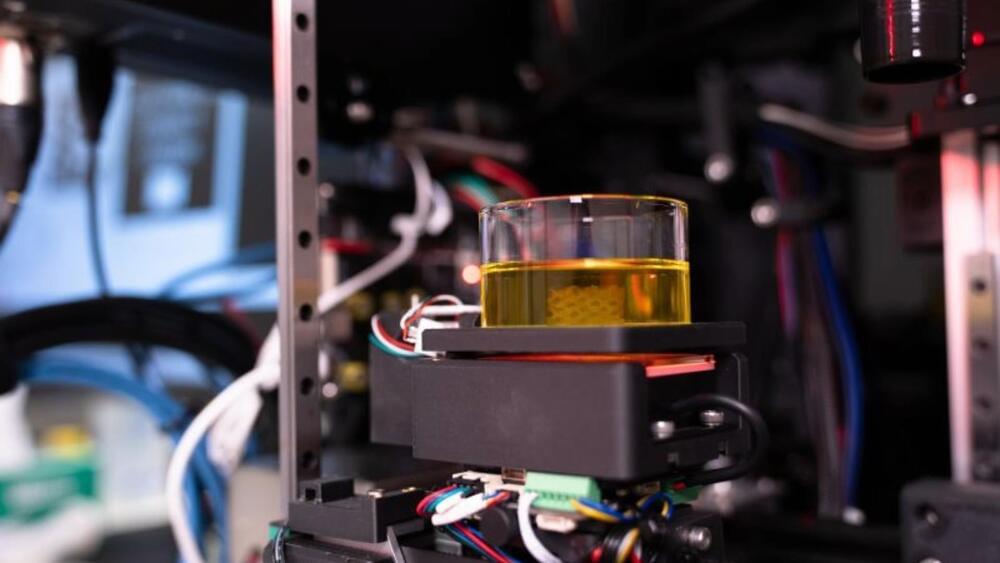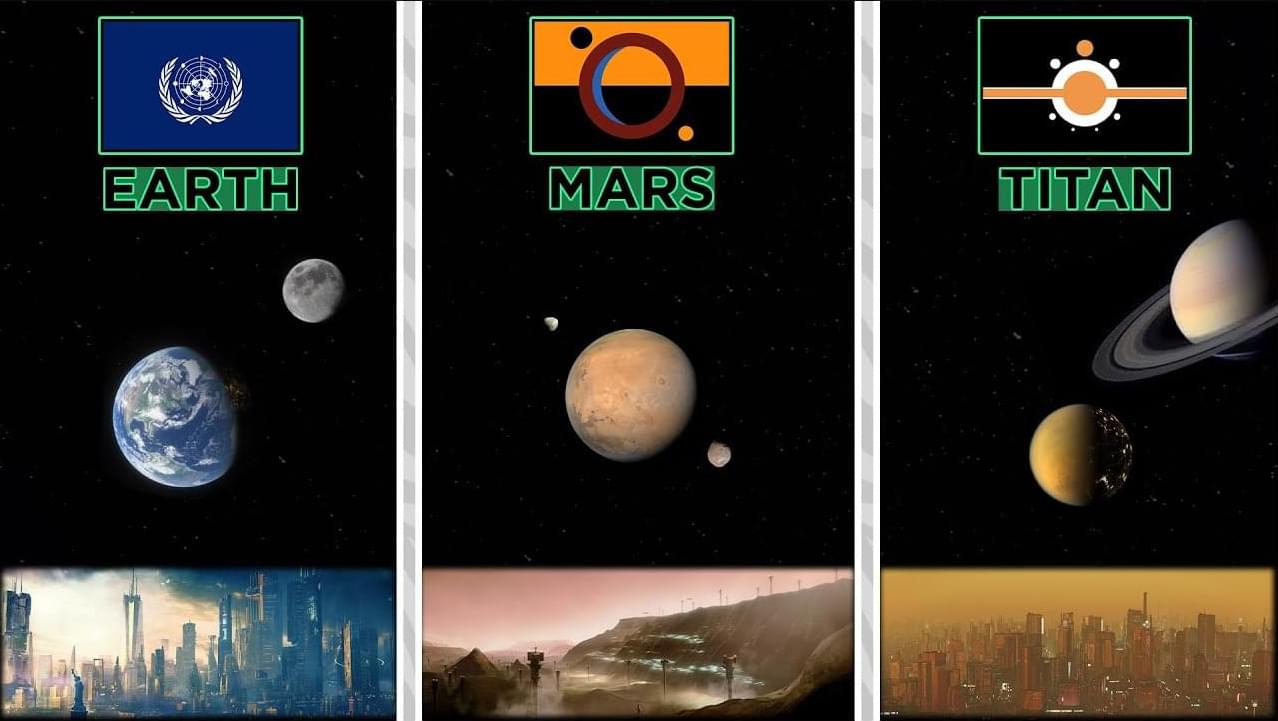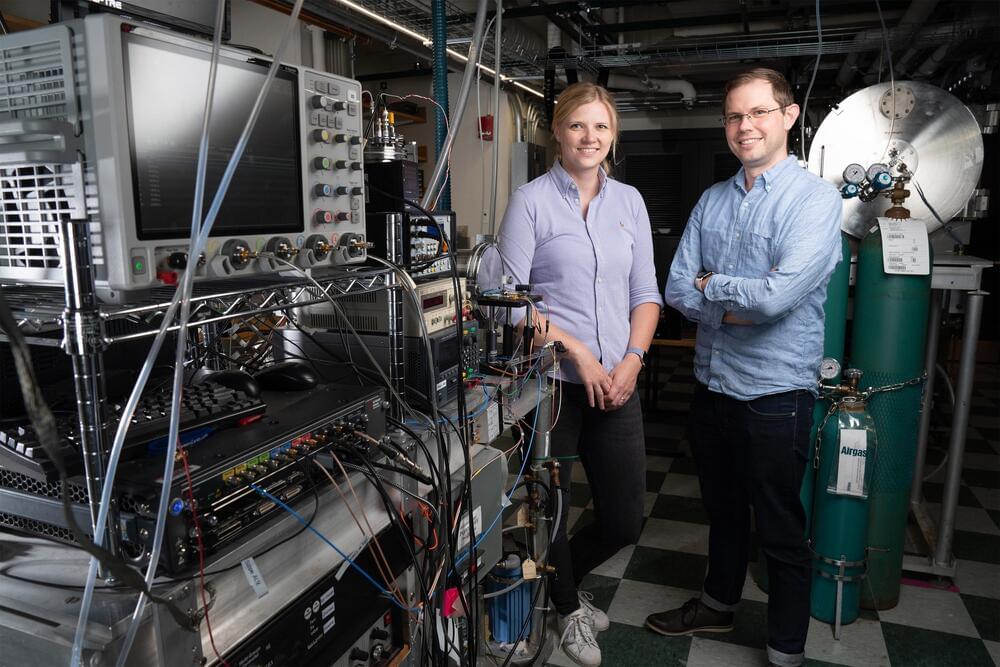Nov 6, 2024
Habitable Zones Aren’t Always Safe Havens: The Hidden Cosmic Perils Facing Potential Life
Posted by Genevieve Klien in category: alien life
When considering the potential for life on exoplanets, scientists often focus on the habitable zone, the region around a star where conditions might allow liquid water to exist. However, new research suggests that this concept alone oversimplifies the dangers these planets face. It’s not just about being in the right place; it’s also about avoiding interstellar chaos.
While identifying exoplanets in the habitable zone is a crucial step in the search for extraterrestrial life, their environments can be treacherous. In a study soon to be published in The Astronomical Journal, researchers led by Tisyagupta Pyne from Visva-Bharati University highlight the threats lurking in dense stellar neighborhoods. Stellar flybys and catastrophic supernovae explosions have the power to disrupt entire planetary systems, stripping atmospheres or ejecting planets into interstellar space.

















